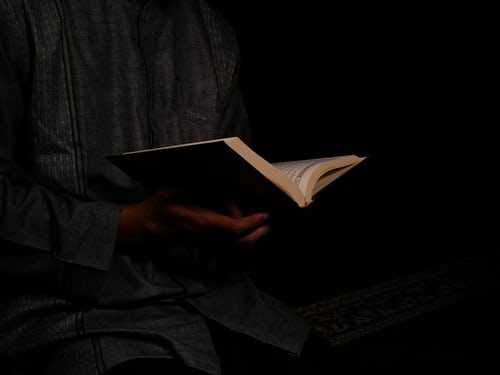Inspiring Older Readers
 posted on 08 Oct 2017
posted on 08 Oct 2017
Penguin by Illustrators
Given the nature of the Letterpress Project and its glorification of the book as physical object it seems extraordinary that the marvellous Penguin by Illustrators (Penguin Collectors Society 2009) hasn’t yet been covered.
This can be seen as a companion volume to Phil Baines’ Penguin by Design (published by Penguin Books in 2005) but is actually a record of the proceedings of a day-long seminar of Penguin illustrators at the V&A on the 27th March 2007. This event brought together contributions from twenty-eight illustrators who reflect on the work they produced for Penguin – whether strictly as illustrators or, as Penguin apparently encouraged in some cases, as illustrators-cum-designers, working up not just the cover graphic but the whole cover artwork and conception.
The book is made up of five presentations given by illustrators on the day, and twenty or so short essays from others. It makes for a delightfully unstuffy, chatty and spontaneous book in which illustrators talk about the often iconic work they produced for Penguin during the house’s glory years.
The book is lavishly illustrated – much more so than I can do justice to here. I’ll focus on just one contribution – that of the great (and aptly named) David Gentleman, whose earliest illustrations for Penguin date from the very early 1950s. Gentleman describes how – for a woodcut to illustrate a volume of Maupassant stories, for example – he would hurriedly read the stories during the week, do a rough draft illustration on Saturday, and post it off to Penguin. If he got the go ahead, he’d do the woodcut the following Saturday in his Battersea digs. “I thought if things went on like this it would be a good way to earn a living,” he says, with typical modesty and self-deprecation.
Gentleman’s marvellous covers for the entire series of C.P Snow novels – which of course few people now read, assuming they are even in print – done between about 1967 and 1973, as the series was gradually reprinted, were produced at about half actual size to ensure dense, saturated blacks when enlarged. They were done with ruling pen and India ink on blotting paper – a method Gentleman often used at that time, apparently, for its ability to combine detail with a certain softness and richness of line. But as he says, one had to work fast to avoid over-blotting and a mistake would usually mean starting again. “I didn’t much enjoy reading the Snows,” he says, “and would stop as soon as I reached a passage suggesting a suitable building or landscape for the cover.” And then presumably go off and draw that location, or work from memory. The illustration for Last Things, he notes – which was not on blotting paper – featured a pub somewhere in Pimlico. (He also notes that in drawing the cover for Katherine Mansfield’s In a German Pension he used blotting paper but employed an early felt-tip pen called a Flo-Master – it stank, he says, of petrol, but produced a great diversity of line and depth of colour, depending on how hard one pressed.)
His covers for the entire Penguin New Shakespeare series remain unparalleled.
Now, I don’t know whether anyone else finds this kind of thing fantastically atmospheric and almost overpoweringly interesting, but I do, and of the books dedicated to Penguin that have appeared over the past decade or so, I reckon this one is my favourite.
While I love the others (Puffin by Design, Penguin by Design, Jeremy Lewis’s excellent Penguin Special: The Life & Times of Allen Lane, Seven Hundred Penguins and even the lovely box of Postcards from Puffin), none of them offer quite what this one does. Not only is it well produced and beautifully illustrated, it is also crammed with biographical incident and fascinating insights into the life of the freelance artist. But above all, it is a book about how and why some of the Penguin covers we most cherish look the way they do – as explained by the people who created them. Really – what could be better?
If this is the kind of thing you like to lose yourself in during long winter evenings, then you should on no account miss Penguin by Illustrators. At £20.00 it is also an absolute bargain – and is, according to the Penguin Collectors Society website, still available from the Society despite being a limited printing of 1,500 copies. Get it while you can. It even seems to be post-free.
See http://www.penguincollectorssociety.org/index.php
Penguin by Illustrators – direct link
Alun Severn
October 2017